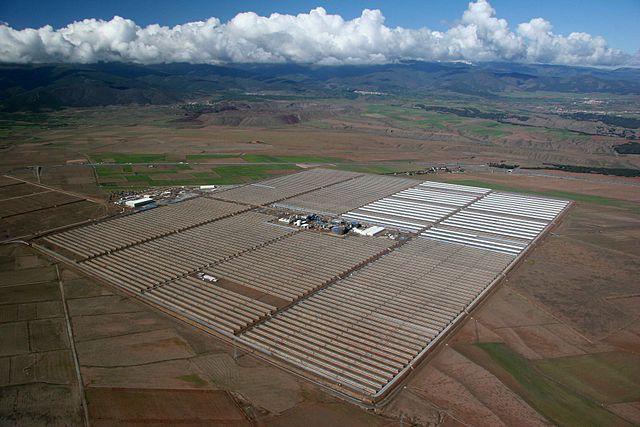
A new report from GreenTechMedia (GTM) finds that energy storage capacity in the United States grew an astounding 243 percent last year – another sign that the clean-energy revolution is here and now.
According to GTM, 112 megawatts of energy storage were deployed in the fourth quarter 2015. This alone was more than the total of all storage added in 2013 and 2014 combined. We're, quite literally, seeing a revolution in how energy systems work across the country.
What's driving this? Simply, innovation. We all know about the Tesla Powerwall battery, but Tesla is just one of dozens of companies in this field -- developing, testing and producing better, cheaper batteries and creating what will, with time, become a massive market. Some are big names like General Electric, but others are unknown, like Calmac, Greencharge Networks and AES. These firms are unknown now, but they could be household names in the near future.
Energy storage is also more than just batteries. It takes many forms, from dams to distributed grids. Another driver is something we've covered quite often at TriplePundit – growth in renewables. As demand for clean energy grows, energy storage's lower costs are allowing it to work with renewables to help balance supply and meet peak energy needs.
“Energy storage is changing the paradigm on how we generate, distribute and use energy,” said Matt Roberts, executive director of the Energy Storage Association, in a news release.
Energy storage is connected to states such as California passing strong renewable energy standards, but also increased interest among large-scale commercial and industrial power users who want to reduce their base-loan energy demands.
This is just the start. Many analysts expect the future to bring more.
“With exponential growth predicted over the next couple of years, energy storage solutions will deliver smarter, more dynamic energy services, address peak demand challenges and enable the expanded use of renewable generation like wind and solar,” Roberts said.
One thing that cannot be overstated is how huge this is for wind and solar in particular. Because wind and solar resources are not consistent – the sun only shines half the day, and wind can vary greatly depending on location, geography and weather -- energy storage can, ideally, store renewable energy and distribute it when there is higher demand. The report expects storage to surpass 1 GW in 2019, and hit 1.7 GW the following year, which will greatly increase the reach of clean energy and reduce the need for so-called baseload power plants.
The United States is not the only place moving forward on energy storage. South Korea is currently building a massive, 56 MW facility that, when fully operational, will be the largest in the world. Japan will soon have the world's largest grid storage system. All signs are showing that clean energy is the future. No wonder that the future of dirty coal and gas looks dim.
Photo Credit: BPSMS via Wikimedia

Nithin Coca is a freelance journalist who focuses on environmental, social, and economic issues around the world, with specific expertise in Southeast Asia.














